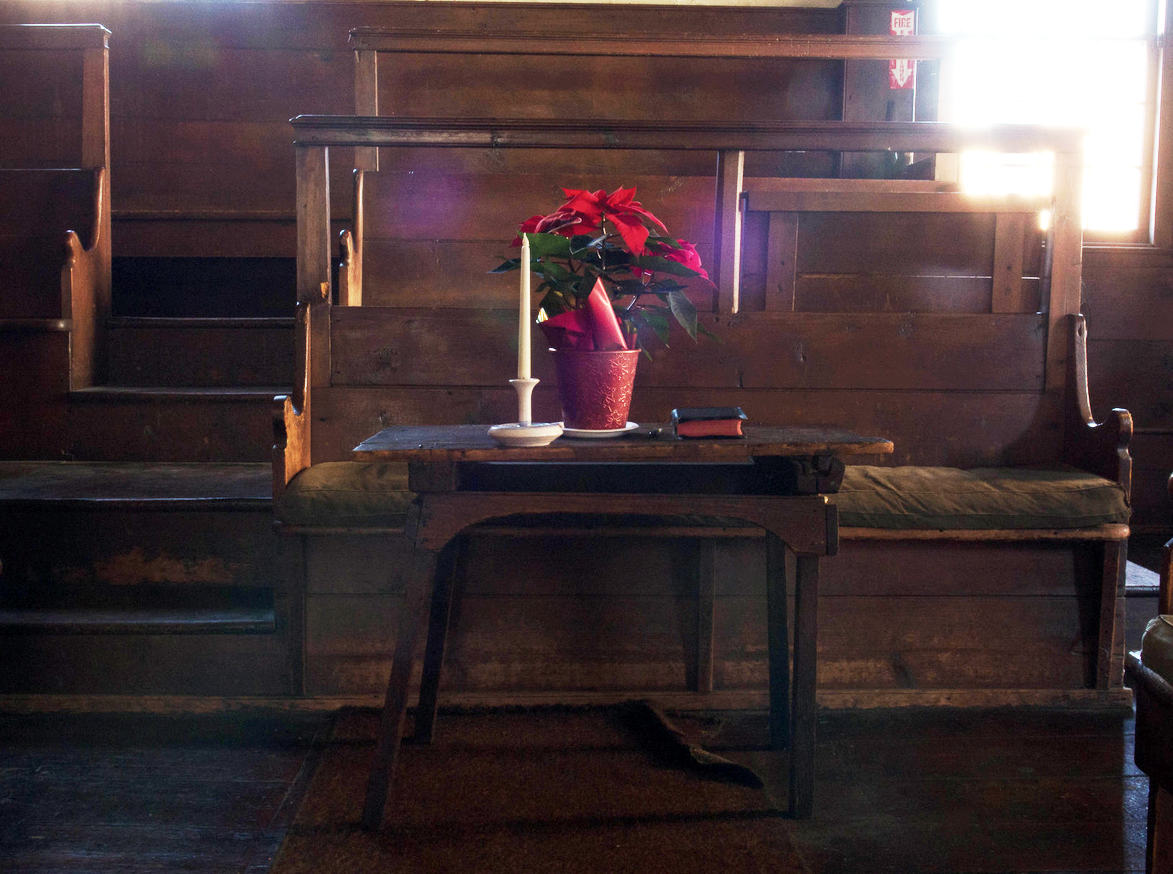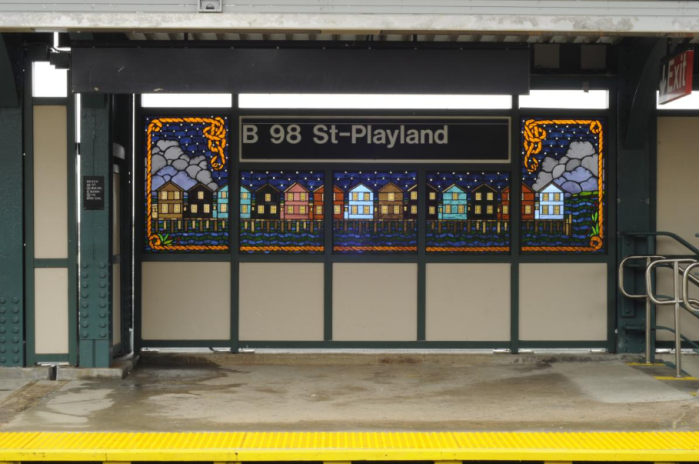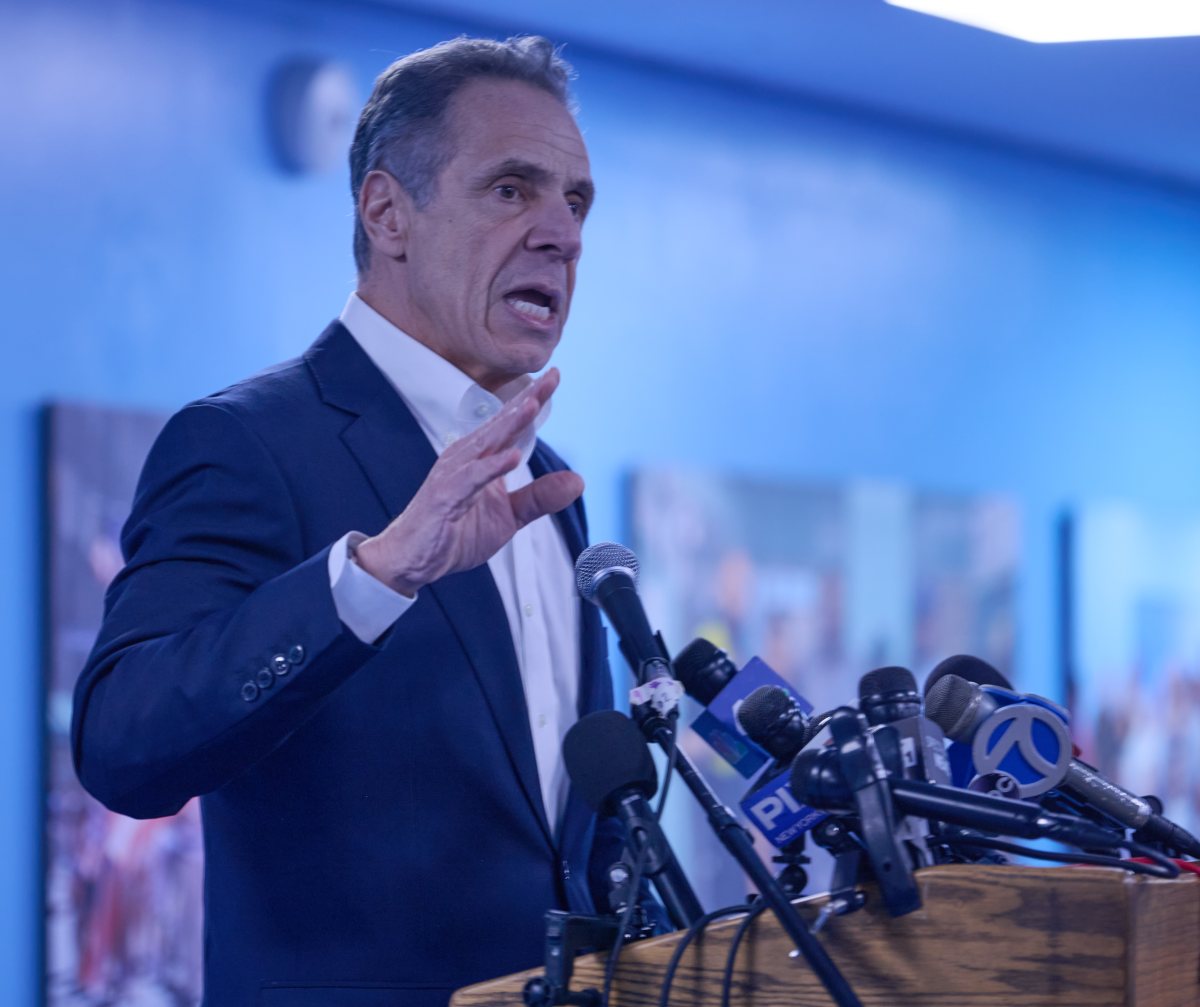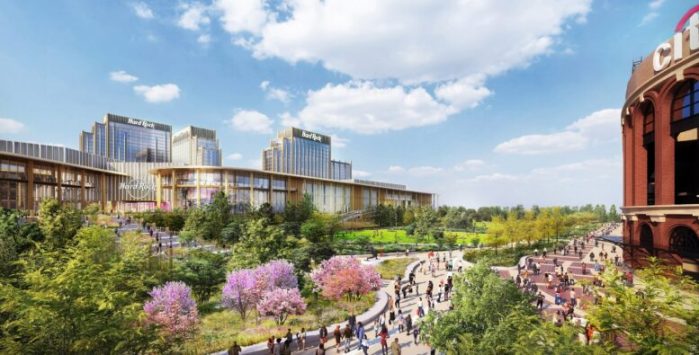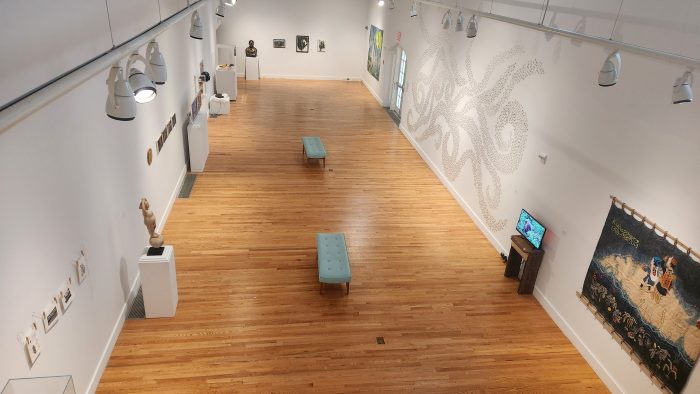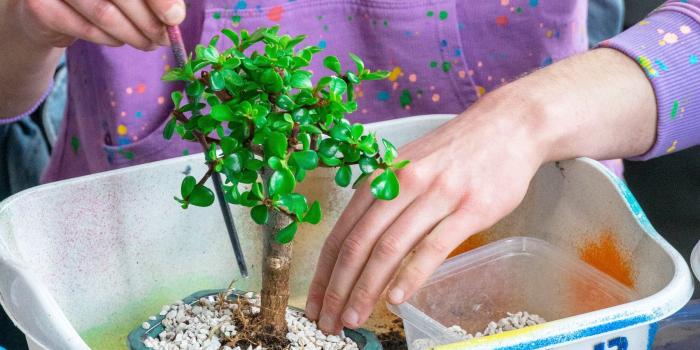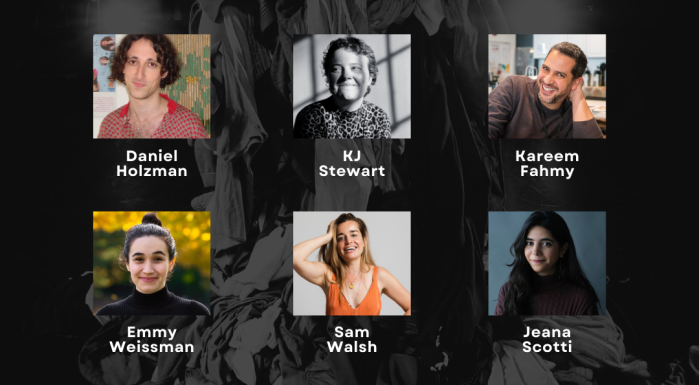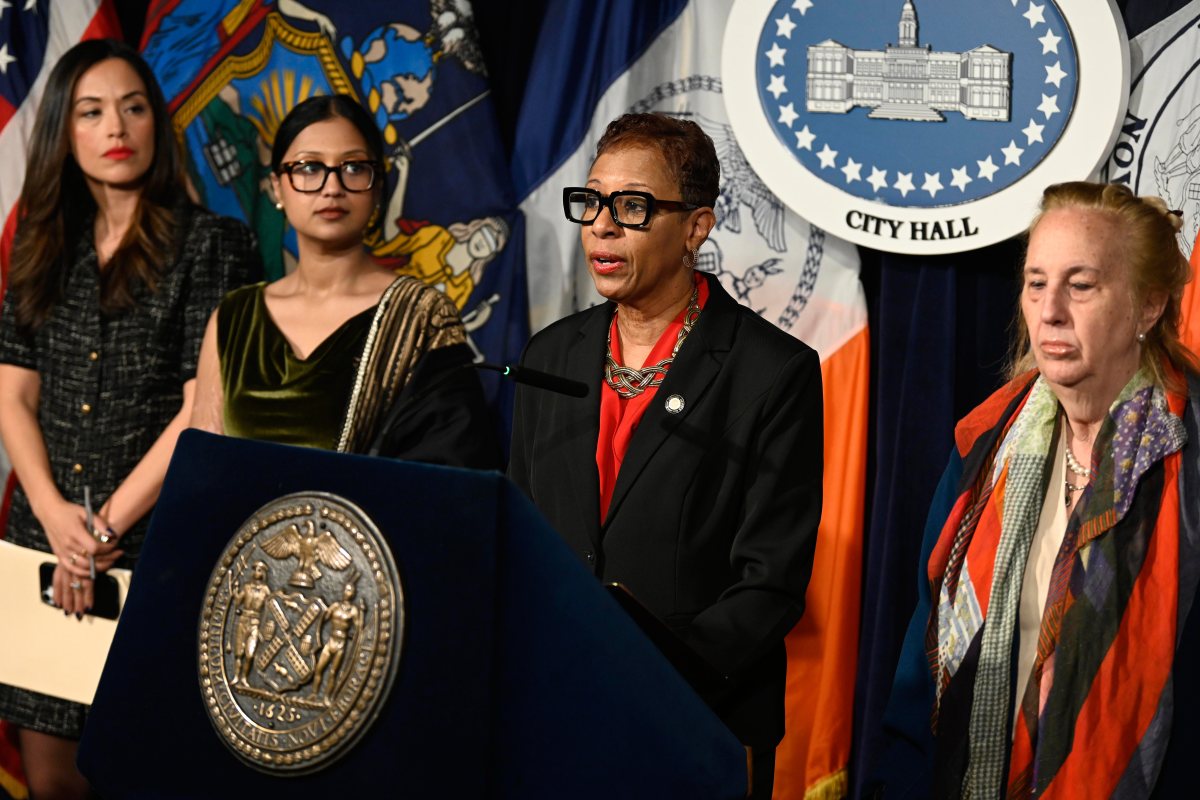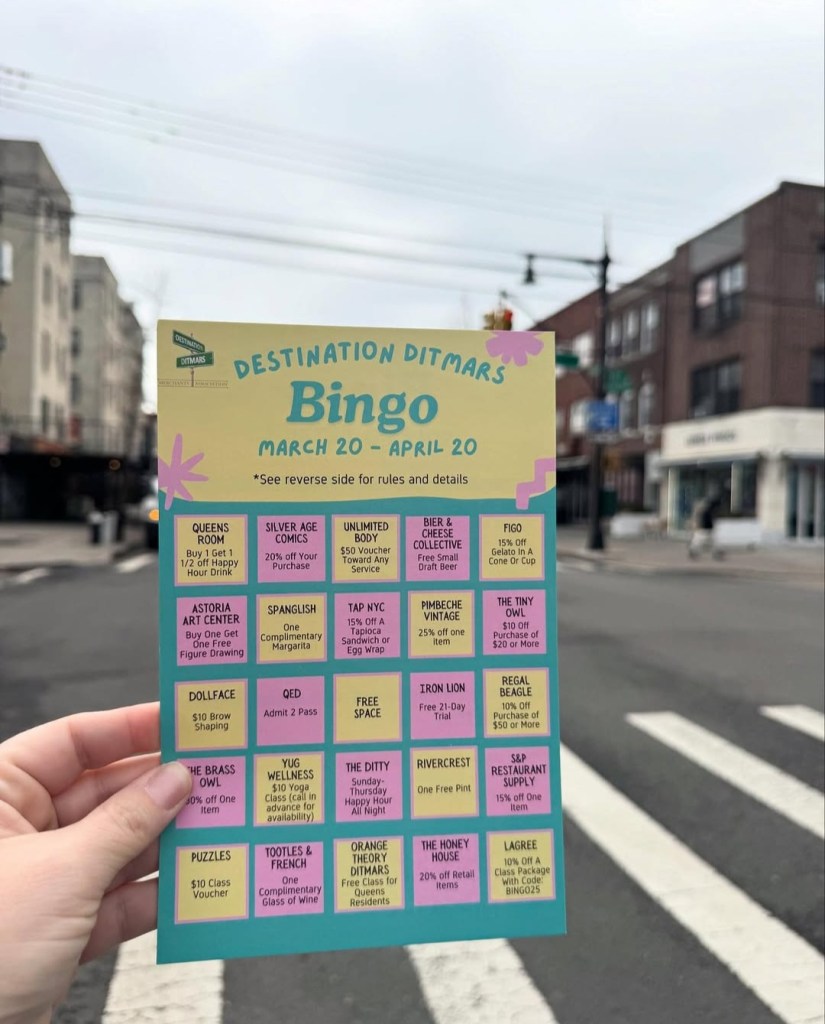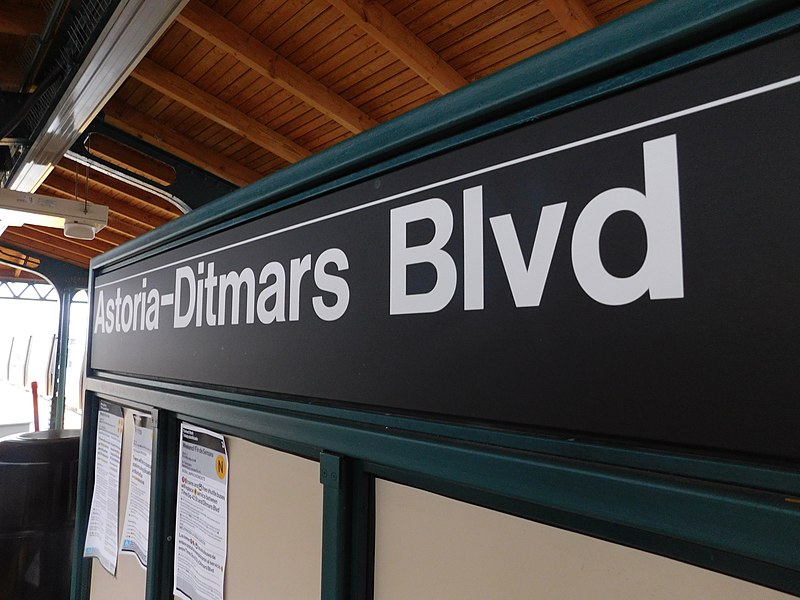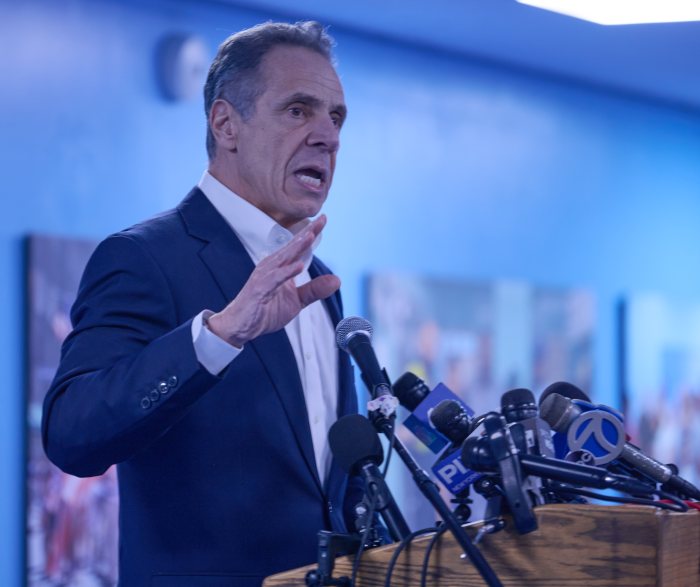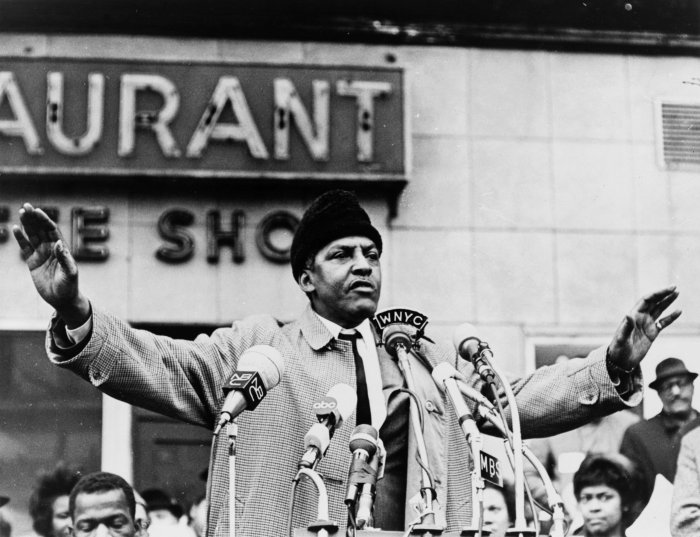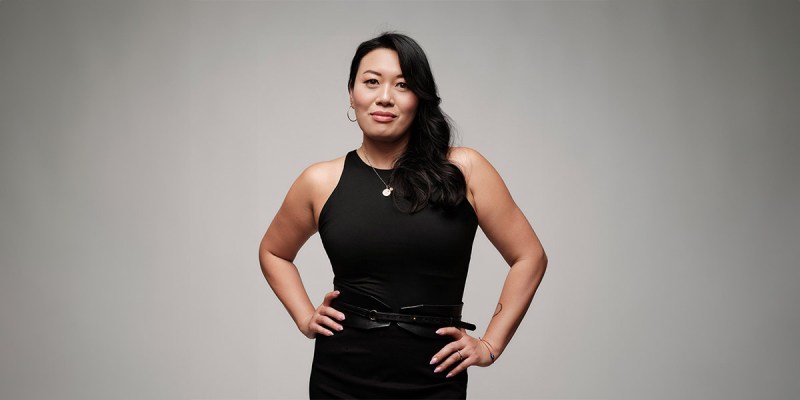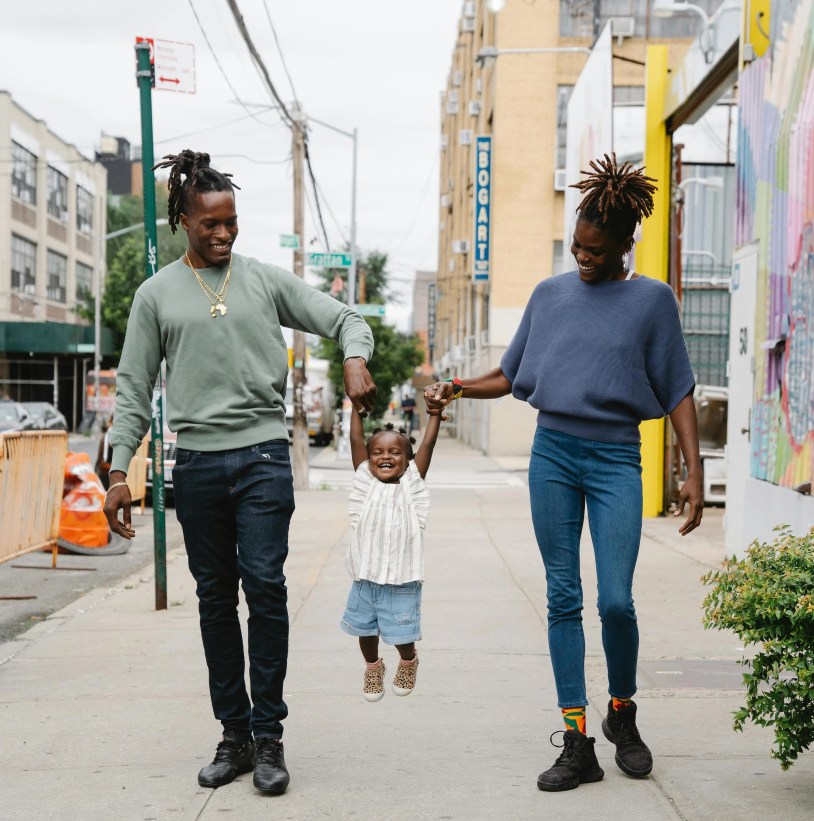The annual Flushing #HollyTour is returning to spread some holiday spirit on Saturday, Dec. 6, with two one-hour sessions on YouTube, as six historic landmarks open their cybernetic doors to the public.
The hosts — Bowne House, Flushing Town Hall, Kingsland Homestead, Lewis Latimer House Museum, Quaker Meeting House and Voelker Orth Museum — will present live and pre-recorded videos as well as interactive content to celebrate the season.
Each venue will get approximately 20 minutes to amaze viewers. Ticket prices range from $5 to $35 and will be on sale via the Queens Historical Society’s website.
Here is the following schedule and more information on the venues:
Bowne House
The Bowne House’s first 10-minute segment is a narrated slideshow with a short history of the landmark, the Bowne family’s legacy of fighting for religious tolerance and the emergence of holiday traditions in Colonial America. The second 10-minute segment is a Bakewell Tart tutorial presented by a Bowne educator which includes video clips of the process and a narrative about the recipe’s historical significance to the Bowne family.
Built by English-born religious freedom advocate John Bowne in 1661, Bowne House, located at 37-01 Bowne St., is the borough’s oldest domicile. Nine generations of the Bowne and Parsons families lived there until 1945, when it became a museum. It’s the oldest surviving building in the borough and the second oldest in New York City. The structure, which has city, state and federal landmark status, features a unique blend of Dutch and English saltbox construction techniques.
Flushing Town Hall
Flushing Town Hall adds some spice with a 15-minute tour of the outdoor garden and community exhibition, “Call and Response: Grief, Resiliency, and Hope,” with Deputy Director Sami Abu Shumays. He also takes viewers inside the gallery, gift shop and dressing room (a former jail cell) before concluding with a solo violin performance of “Greensleeves” inside the 308-seat concert hall.
Dating to 1862, Flushing Town Hall, located at 137-35 Northern Blvd., was the village’s cultural and political focal point in the late 19th century. The Romanesque Revival building hosted swearing-in ceremonies for Union soldiers before the Civil War and later served as an opera house, courthouse, jail and bank. It’s now a dynamic cultural hub presenting “global arts for a global community.”
Kingsland Homestead
Kingsland Homestead informs guests on a major Flushing industry in the 18th and 19th centuries: nurseries (several prominent Queens families operated nurseries associated with Kingsland). Then, a crafting expert teaches attendees how to make a holiday wreath with some old, locally collected branches, while emphasizing the important role that trees have played in Flushing’s history.
Constructed between 1774 and 1785, Kingsland Homestead, at 143-35 37th Ave., is one of the earliest surviving examples of the farmstead architecture that was common in Flushing in the late 18th and 19th centuries. Five generations of Quakers from the King-Murray family lived in the three-story, 12-room dwelling until the 1930s. It’s now the Queens Historical Society’s headquarters.
Lewis Latimer House Museum
“Alex Unthank, Education Associate at the Lewis Latimer House Museum, will lead a live tour and discussion of the on-site exhibition ‘Home/Land’ with audience participation encouraged. With eight displaying artists, ‘Home/Land’ looks at the Fugitive Slave Act of 1850’s influence on Latimer’s family and compares old tactics to detain, deport and re-enslave to today’s Immigration Customs Enforcement practices. The exhibition pairs true stories of those who escaped or attempted to escape slavery in the years surrounding the Fugitive Slave Act with recent experiences of families attempting to migrate to the United States with the hope of finding a home in the land of the free.”
Lewis Latimer (1848–1928) lived in his 19th century Victorian house from 1902 until his death. The African-American son of fugitive slaves worked with Alexander Graham Bell on the telephone and Thomas A. Edison on the lightbulb. The Renaissance man was also a master draftsman, patent law expert, poet, painter and co-founder of the Unitarian Universalist Congregation of Queens. After a relocation to avoid demolition, the Lewis Latimer House Museum sits at 34-41 137th St.
Quaker Meeting House
Quaker Meeting House Clerk Jeffrey Guyton narrates a 15-minute video that explores the Quaker values of simplicity, peace and equality and how they are expressed in the house’s physical features and modern-day member activities.
Quaker Meeting House, at 137-16 Northern Blvd., which dates to 1694, was the first house of worship in a town that was then called “Vlissengen.” The nondescript, two-story, wooden-frame building is the second-oldest Quaker sanctuary in the United States and New York’s oldest structure in continuous use for religious purposes.
Voelker Orth Museum
Voelker Orth Museum offers a glimpse of the period rooms where the family hosted guests through the Christmas season along with a short home movie of the Orth family relaxing at home in about 1930. (Expect the Victorian landmark to be dressed in a traditional German-American style with holly trees and outdoor decorations as per the way the Voelker and Orth women used to transform their home during the holidays.)
Plus, viewers can sing holiday tunes with St. John’s University Mixed Chorus director Kim Oler and Voelker board member Norman Jardine, who is active in several choirs.
The Voelker Orth property (149-19 38th Ave., Flushing) dates to 1891 and provided shelter to three generations of a family with German roots. The Voelker granddaughter, Elisabeth “Betty” Orth (1926-1995) bequeathed her estate to establish the current venue, whose full name is Voelker Orth Museum, Bird Sanctuary and Victorian Garden. The garden contains many of the popular plants and berry bushes of the late 19th century. They are maintained with time-honored techniques and without pesticides.
For more information visit: www.queenshistoricalsociety.org.

